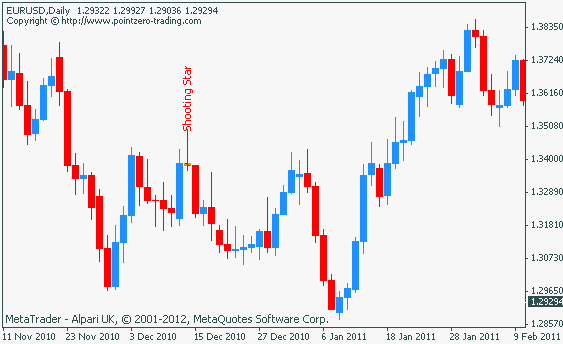Support and Resistance in Forex Trading Forex Trader System
Post on: 28 Апрель, 2015 No Comment

What is meant by resistance and support? These two terms refer to price sections of the exchange where movement or momentum, or both, could abate, halt, or go backwards.
Here are the definitions of these words for people just starting in the Forex arena.
Support refers to sections where price (also called exchange rate) momentum or movement could abate, halt or go backwards in a falling market.
Resistance refers to sections where price (also called exchange rate) momentum or movement could abate, halt or go backwards in a rising market.
Movement refers to the way the price is going (either up or down).
Momentum refers to the speed in which the price is going in either direction.
The typical sections of resistance and support are numerous.
There are several different classifications: price limits, trend profiles, emotional sections, Fibonacci sections, and turning points.
Heres a discussion of price limits. A variation of price limits is the factual anticipated top or bottom limits of movement over a specified amount of time. For instance, containment and Bollinger bands, and range expectations are types of price limits. The above illustrations employ math computations to provide an educated guess as to the amount of movement the market is expected to make based on results from an earlier time frame. Very important concepts in trading the Forex markets.
Some other price limits are the top and bottom prices for the day, the week, or the month. Basically, once the exchange rate comes close to the last weeks top price, several buy and sell directions are initiated, which then affects market action once the price rises to the limit. When the exchange rate gets close to the top limit for the week, momentum and movement might halt, abate, or go backwards. Price limits might also be employed to identify trends as well, however trends will be addressed in a separate article.
Lets discuss trend profiles. A trend profile is created by a graph that illustrates a number of top and bottom prices. If the trend profile has a break, it might indicate that a trader should buy or sell. This can also be a place of resistance and support. Trend profiles can be created using any time specification. Certain traders might examine trend profiles every month or week in order to identify places that might have resistance or support. Of course, a trend profile based on a longer time specification (such as a month or a week) is probably going to indicate resistance or support better than a trend profile based on short time frames.
Emotional sections are usually based on whole or half numbers. For instance, the price of the EURUSD might be 1.25000, which is a whole number. 1.2550 would be a half number. These points represent sections of resistance or support since a lot of buy and sell directions are often made there.
Another resistance and support area are Fibonacci levels. What is the reason for this? Simple due to the fact that expert traders employ them. Expert traders place huge directives that cause the market to go up or down. The kinds of Fibonacci levels are retracement areas (.38,.50,.62) and extensions (1.38, 1.62, 2.00). The market does not go beyond the 1.62 extension very often.
Turning points are determined by prior information and are price averages. Traders typically employ turning points for the day, the week, and the month. A turning point for a month is going to provide better resistance or support than would a turning point for a day. Turning points is a difficult topic that cant be discussed in such a short piece, so, you should consider performing additional research to help you determine what turning points will help you keep an eye on price activity.
Notice that the word section was employed in this article. Resistance and support do not fall on one certain price. They sort of float in a section surrounding a specific price.
Additional resistance and support ideas, like clusters, trading zones, and channels, will be discussed in future articles. Moreover, the idea that in a broken scenario, resistance and support are flipped.
You should not take the information in this article as any kind of investment directive. Instead, think of it as purely informational in order to aid you in identifying the trading method that fits you best.














